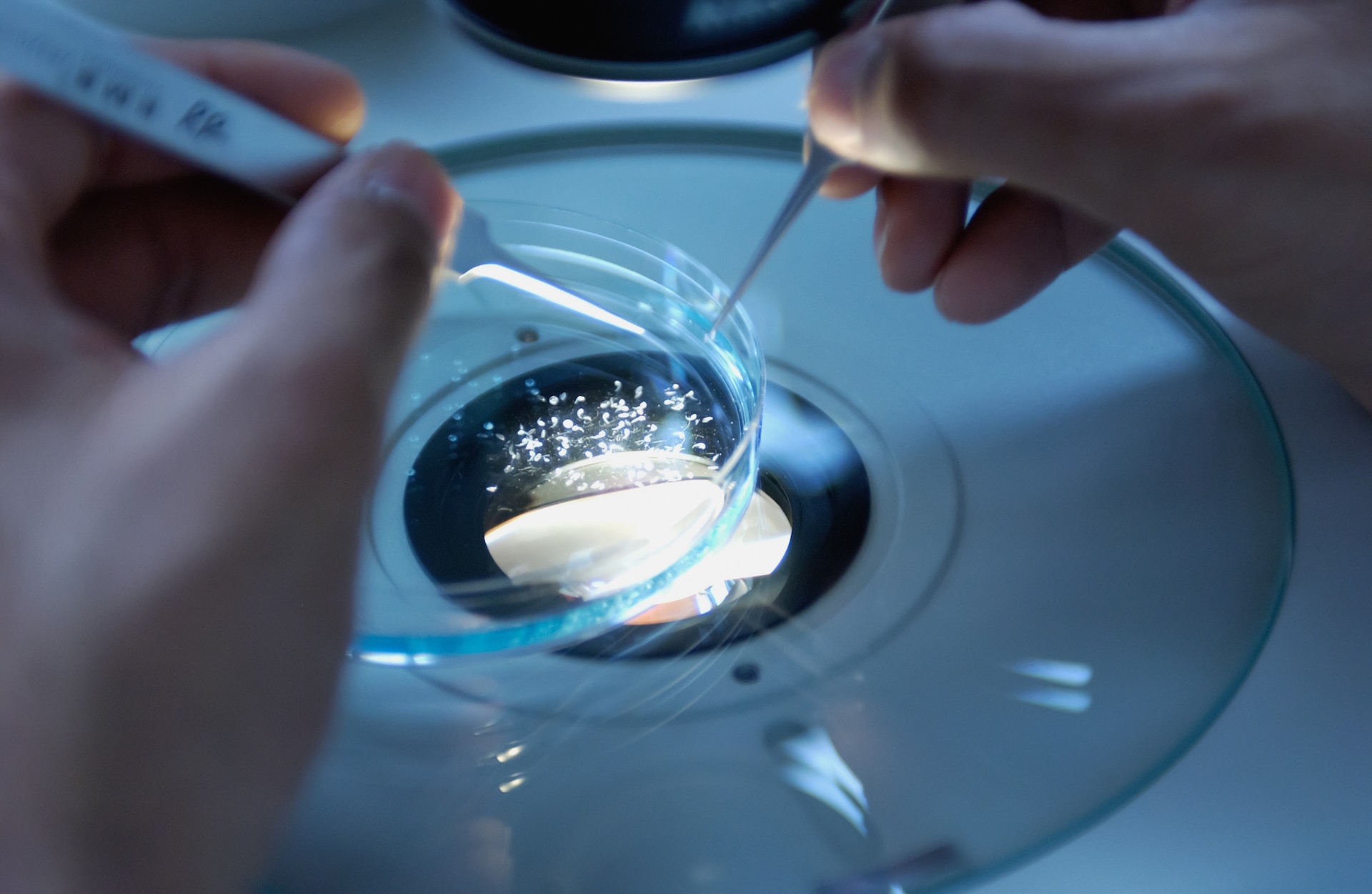An assay is an investigation to determine the purity/quality of a metal or substance. It is an important procedure in medical and drug testing industries.
Assays typically involve signal amplification systems to discriminate the analyte from the background noise. Some types of assays are qualitative and give only pass or fail while others are semi-quantitative providing an approximate number for the quantity of the substance.
Fire Or Pyrometallurgical Assays
As the gold industry standard, fire assaying is a key element of any exploration program. However, it is only part of the picture. Other analytical methods are required to give a complete picture for the geochemistry and metallurgy of your deposit.
Traditional fire assays involve fusing the sample with a flux, typically consisting of sodium carbonate, sodium tetraborate, silica and litharge, to form an oxide slag that separates the PGM from the ore. Optimum PGM recovery requires careful selection of the optimum flux composition and precise interpretation of phase diagrams.
Avid-Base Assays
Acid-base assays are quantitative methods that examine the central role of acids and bases in the body. They are also essential in interpreting blood gas and chemistry results.
The process involves the interaction of a weak acid or base and a corrosive. The titration’s proportionality point is the place where the titrant precisely kills the corrosive or base of the obscure analyte.
The titration method is a common technique used in pharmaceuticals to control the strength of medications. A common example is the clotrimazole titration to verify its purity in hack syrups.

Electrochemical Assays
The electrochemical detection of immunoassay uses a conductimetric or impedance-based assay format that measures the disturbance in a sensing layer placed between two electrodes (as with capacitive sensors). The size of the observed current is proportional to the concentration of the analyte.
The use of gold nanoparticle labels can improve the sensitivity of electrochemical immunosensors and immunoassays. Murielle et al. developed a disposable immunosensor for the detection of PSA using a biotinylated antibody and poly(guanine)-functionalized silica nanoparticle label that introduced guanine residues on the surface of the gold electrode and, upon interaction with mouse IgG, triggered the oxidation of Ru(bpy)32+ to silver deposition on the gold electrode.
Immunoassays
Immunoassays measure the presence of antibodies or antigens in samples. They can be quantitative or semiquantitative. These tests are used to monitor patients’ treatment responses.
These tests rely on highly specific antibody-antigen binding reactions. They are often performed in multiwell plates. They can be categorized as direct, indirect, sandwich, and competitive assays.
There are new immunoassay formats that are even more sensitive than ELISA. These include surface plasmon resonance assays, multiplex bead-based immunoassays, and lateral flow immunoassays.

Marie focuses on mixed media and digital art, highlighting evolving practices and artistic innovation.
